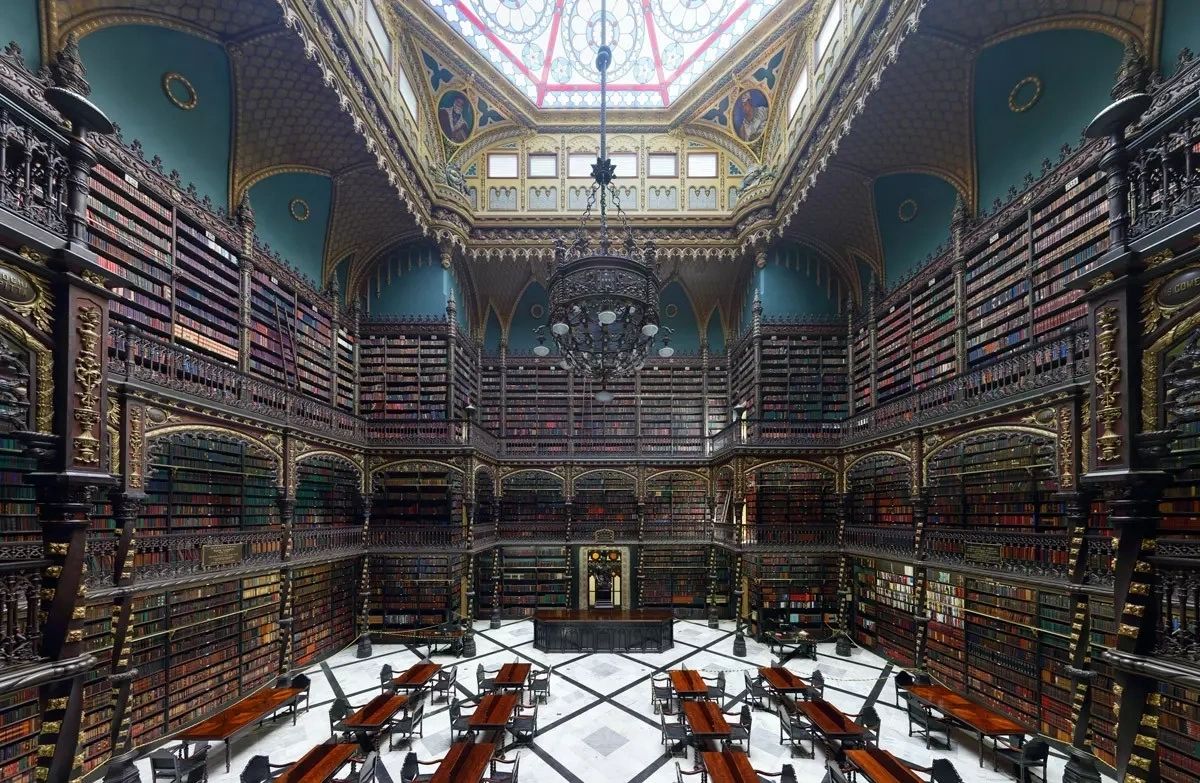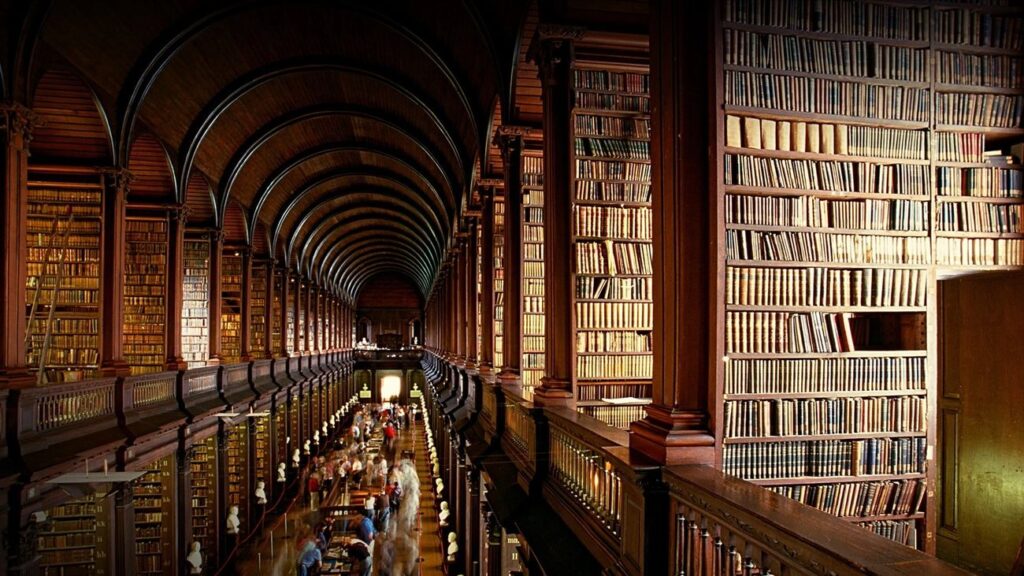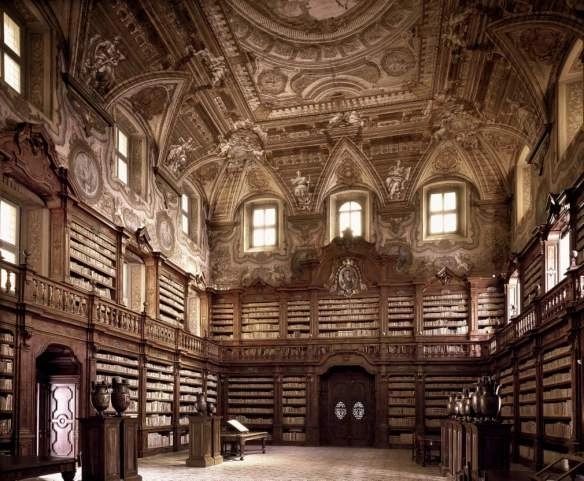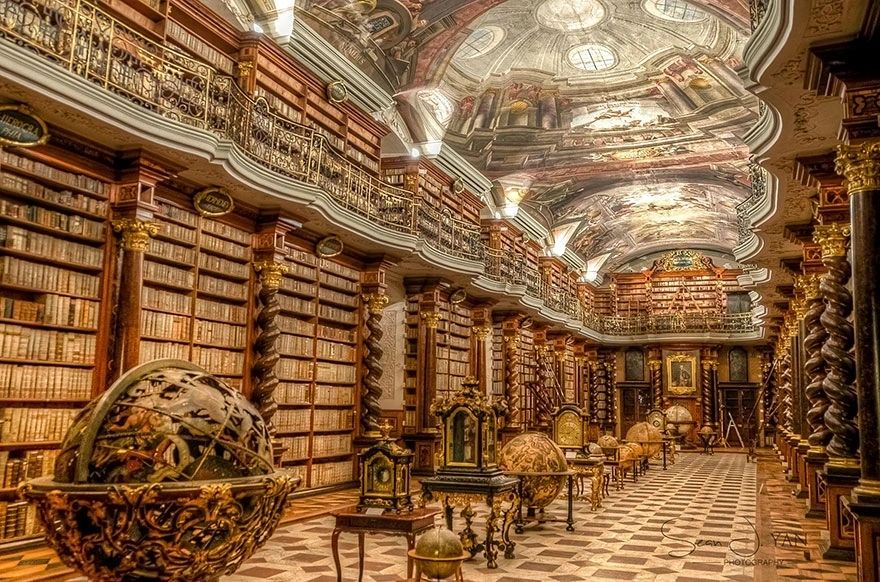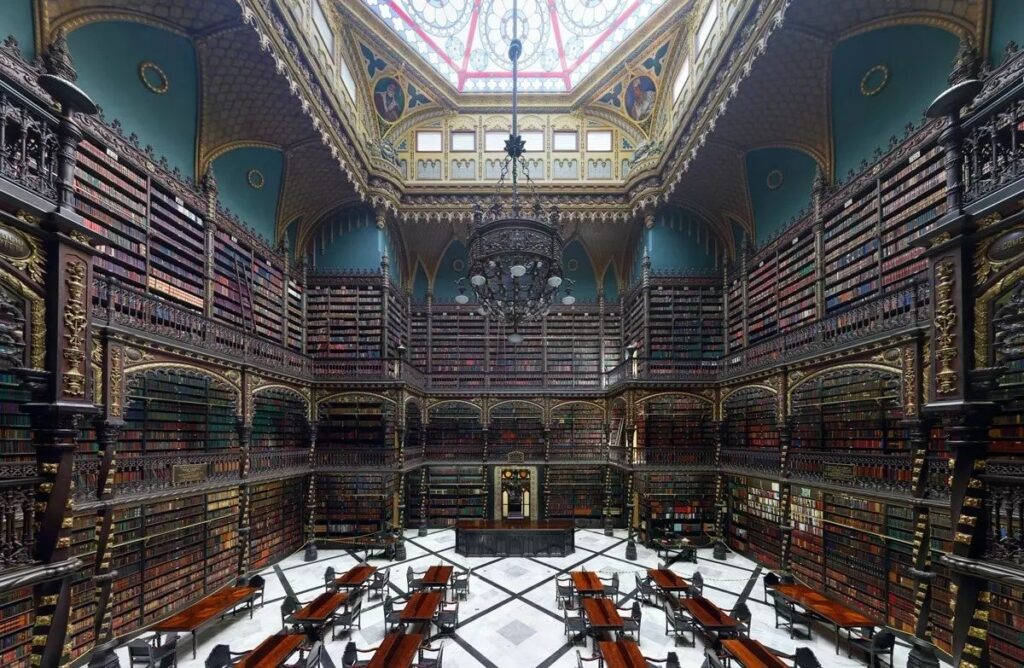by Zu Anjalika Kamis Gunnulfsen
Our fascination with books get to the peak when it comes to a new year. While making resolutions, without fail, reading will be on top of lists for many.
With that in mind, we bring you some of the Most Beautiful Libraries In The World. Afterall, a conducive and beautiful environment is the catalyst for better absorption of information.
Biblioteca Girolamini, Naples, Italy
The Church and Convent of the Girolamini is a church and ecclesiastical complex in Naples, Italy. It also houses a library, Biblioteca Girolamini. Completed in 1619, the magnificent library, Biblioteca Girolamini is now run by the Italian state. The style is a sobering Florentine Renaissance, with a Latin cross and three naves supported by arcuated colonnades and with lateral chapels.
Royal Portuguese Cabinet of Reading in Rio De Janeiro, Brazil
The doors of this massive library were opened in 1887. Endless collection of Portuguese texts from Rio de Janeiro, then the capital of the Empire of Brazil can be found here. The huge, opulent library cabinet was founded in 1822 by a trio of Portuguese immigrants who wanted to bring their country’s literary tradition to the newly independent nation of Brazil. Brazil had previously been a Portuguese colony since 1500. The collection’s current home was designed to evoke a Gothic-Renaissance influence. 350,000 titles and the largest collection of Portuguese work outside of Portugal, it also includes rare original manuscripts, singular works of literature and unique proofs.
Bodleian Library in Oxford, UK
The Bodleian Library is one of the oldest libraries in Europe and in Britain, it is second in size after the British Library. It was first opened to scholars in 1602. Oxford’s libraries are among the most celebrated in the world, not only for their incomparable collections of books and manuscripts, but also for their buildings, some of which have remained in continuous use since the Middle Ages.
Trinity College Library, Dublin, Ireland
The Library’s history dates back to the establishment of the College in 1592 and it is the largest library in Ireland. Today, it has over 6 million printed volumes with extensive collections of journals, manuscripts, maps and music reflecting over 400 years of academic development.
Bibliotheque Mejanes in Aix-En Provence
The Bibliotheque Mejanes was originally founded in 1810 and is located in the town hall of the provincial city of Aix. Since 1989 it has formed part of the Cite du Livre complex, which was former match factory. Incorporating a number of research institutes as well as fulfilling the function of a public library, its most striking aspect is the architectural frontage, which takes the form of three giant-sized books of Albert Camus’s L’Etranger (The Outsider/The Stranger), Antoine de Saint-Exupery’s Little Prince and the writings of Moliere.
The Stephen A Schwarzman Building of The New York Public Library
Opened on May 23, 1911, the architectural firm Carrère and Hastings constructed the structure in the Beaux-Arts. The marble facade of the building contains ornate detailing and the Fifth Avenue entrance is flanked by a pair of stone lions that serve as the library’s icon.
Klementinum National Library In Prague, Czech Republic
Klementinum Library was first opened in 1722 as a part of the Jesuit University based in Klementinum. It houses over 20,000 volumes of mostly foreign theological literature. The interior of the baroque library has remained intact since the 18th century. The hall is decorated with ceiling frescoes by Jan Hiebl depicting allegorical motifs of education and portraits of Jesuit saints, patrons of the university and prominent representatives. Worth mentioning, is the collection of geographical and astronomical globes in the center of the library. These are mainly works of the Jesuits. Among the globes are also astronomical clocks, constructed mainly by Jan Klein.
Abbey Library of St. Gall in St. Gallen Switzerland
Abbey Library was founded by Saint Othmar, the founder of the Abbey of St. Gall. During a fire in 937, the Abbey was destroyed but the library remained intact. The library hall, designed by the architect Peter Thumb in a Rococo style, was constructed between 1758 and 1767. A Greek inscription above the entrance door, psyché iatreion, translates as “apothecary of the soul”. A significant medieval monastic library, in 1983, this, as well as the Abbey of St. Gall were designated a World Heritage Site, as an outstanding example of a large Carolingian monastery.
Library of Parliament, Ottawa, Canada
The Library of Parliament is the main information repository and research resource for the Parliament of Canada. The main reading room rises to a vaulted ceiling and the walls and stacks are lined with white pine panelling carved into a variety of textures, flowers, masks, and mythical creatures. The library’s collection comprises of 650,000 items, covering hundreds of years of history and tended by a staff of 300.

